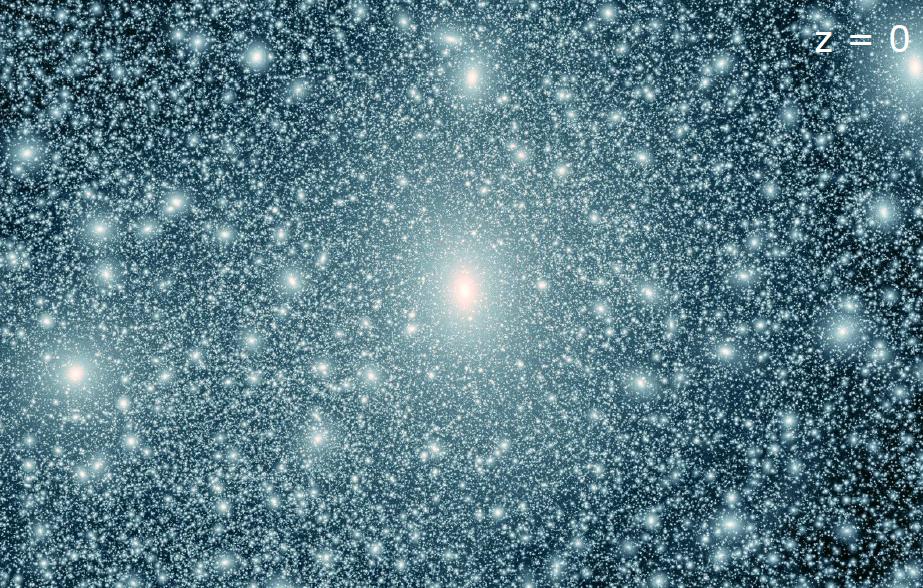国台学术报告 NAOC COLLOQUIUM 2012年 第05次 / Number 05, 2012
Speaker: Dr. Marcel Zemp (KIAA) Time: Wednesday, 3:00 PM, Feb. 15, 2012 Location: NAOC A601  Dr. Marcel Zemp is a Bairen research professor at the Kavli Institute for Astronomy and Astrophysics at Peking University. He did his doctorate in science at the Institute of Astronomy at ETH Zurich with Marcella Carollo and with Ben Moore at the Institute for Theoretical Physics at the University of Zurich. He was a postdoctoral researcher at the University of Michigan. Before that, he was in Santa Cruz for a postdoctoral research position at the Department for Astronomy & Astrophysics at the University of California Santa Cruz. He is mainly interested in cosmological structure formation, galaxy formation, dynamics, N-body techniques, integrators, dark matter, dark energy, cosmology in general and black holes. 
Abstract: I present a study of the detailed structure of galaxies at redshifts z > 2 using cosmological simulations with improved modeling of the interstellar medium and star formation. The simulations follow the formation and dissociation of molecular hydrogen and include star formation only in cold molecular gas. The molecular gas is more concentrated toward the center of galaxies than the atomic gas, and as a consequence, the resulting stellar distribution is very compact. Relative to the non-radiative run, the inner regions of the dark matter halo change shape from prolate to mildly oblate and align with the stellar disk. The outer halo regions retain the orientation acquired during accretion and mergers and are significantly misaligned with the inner regions. The radial profile of the dark matter halo contracts in response to baryon dissipation, establishing an approximately isothermal profile throughout most of the halo.
All are welcome!Tea, coffee, biscuits will be served at 2:45 P.M.
|













